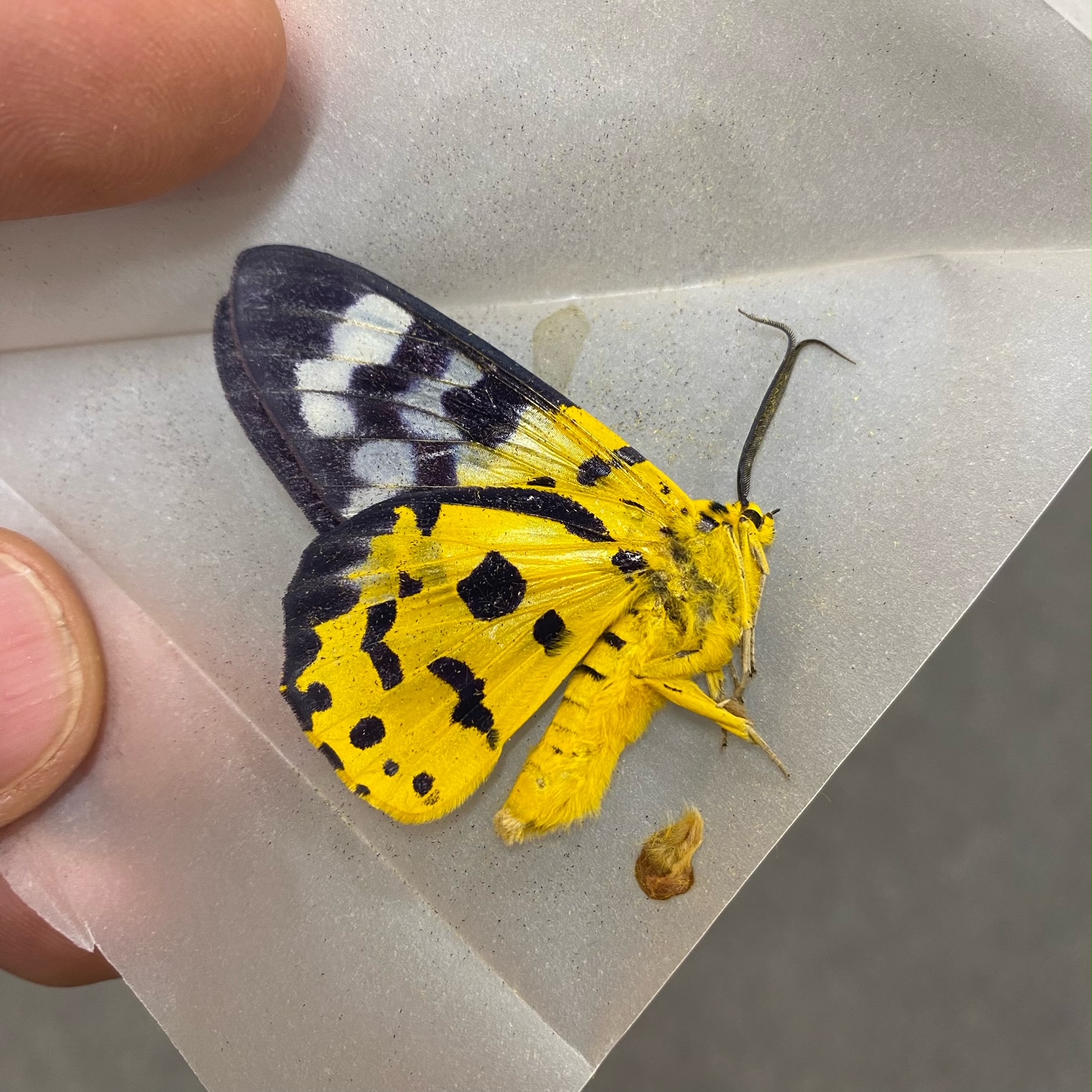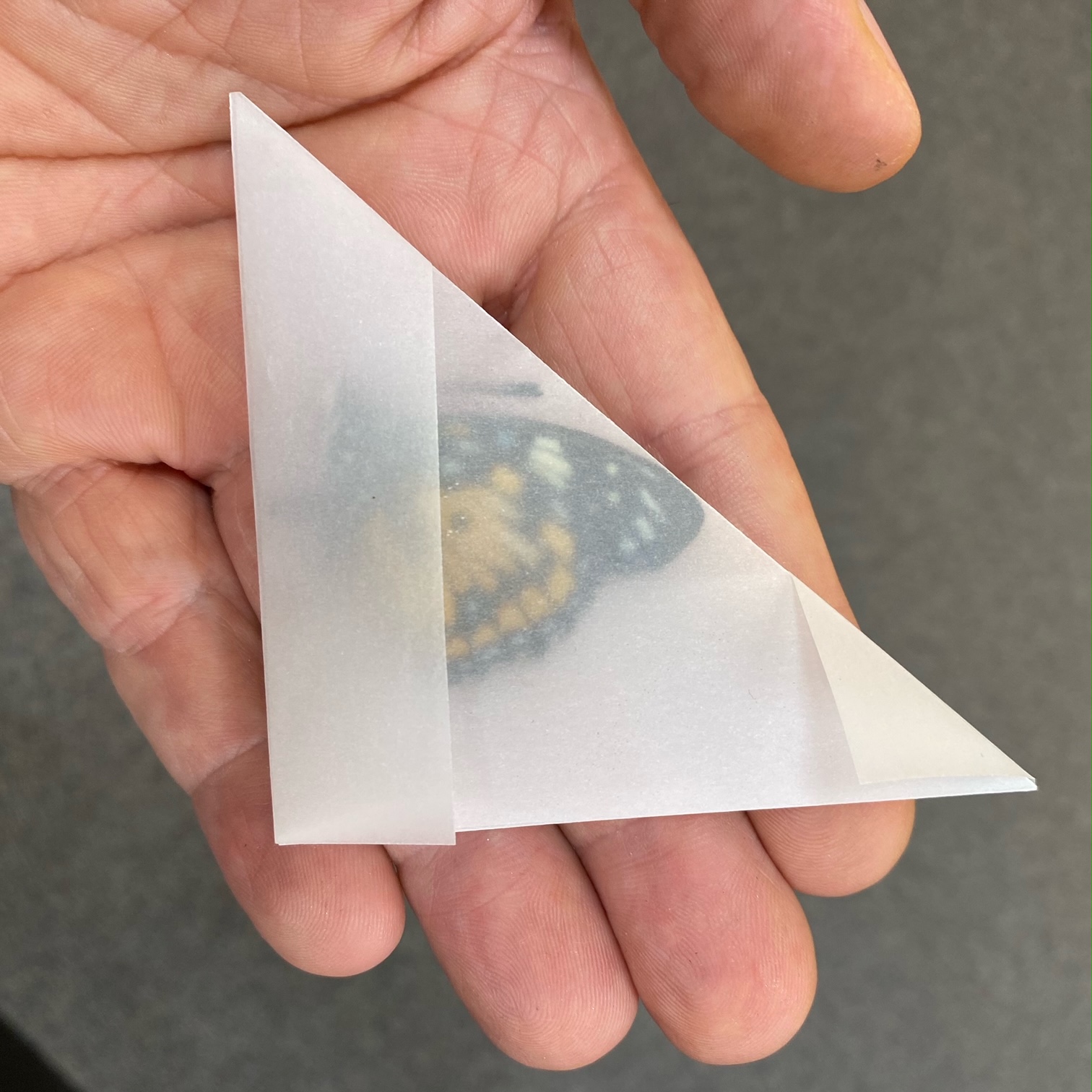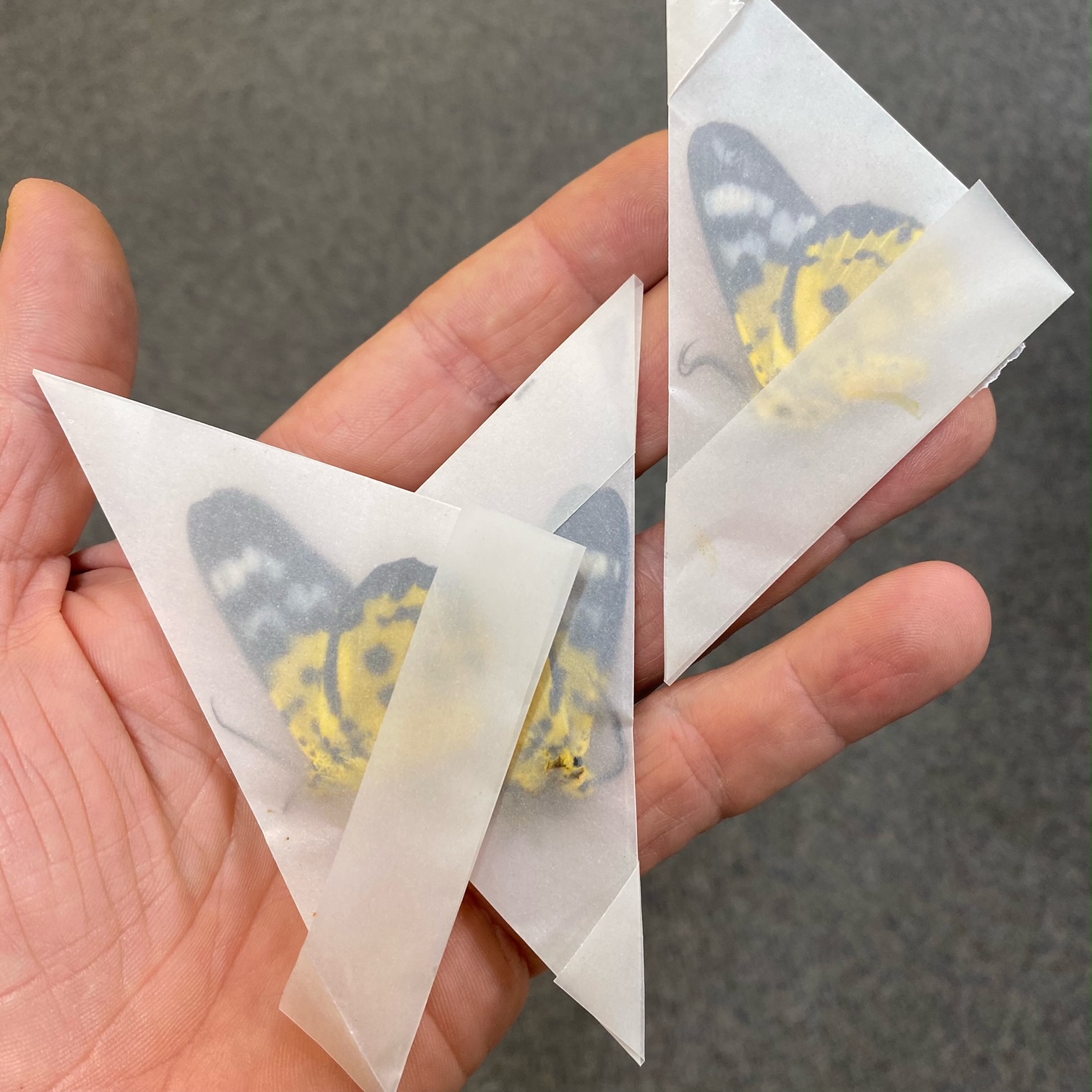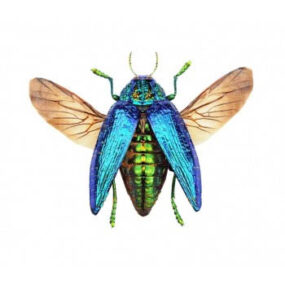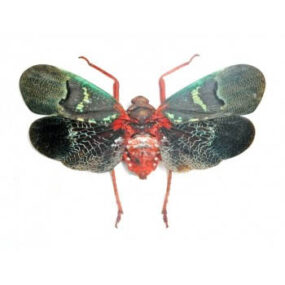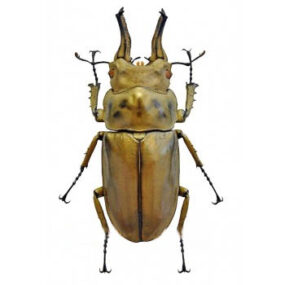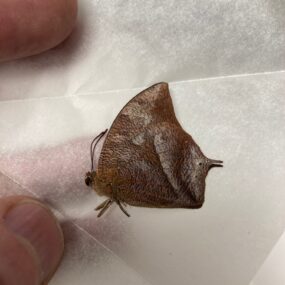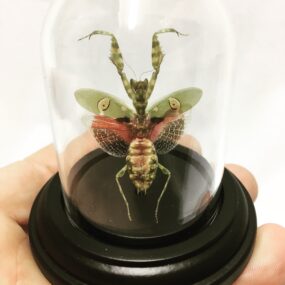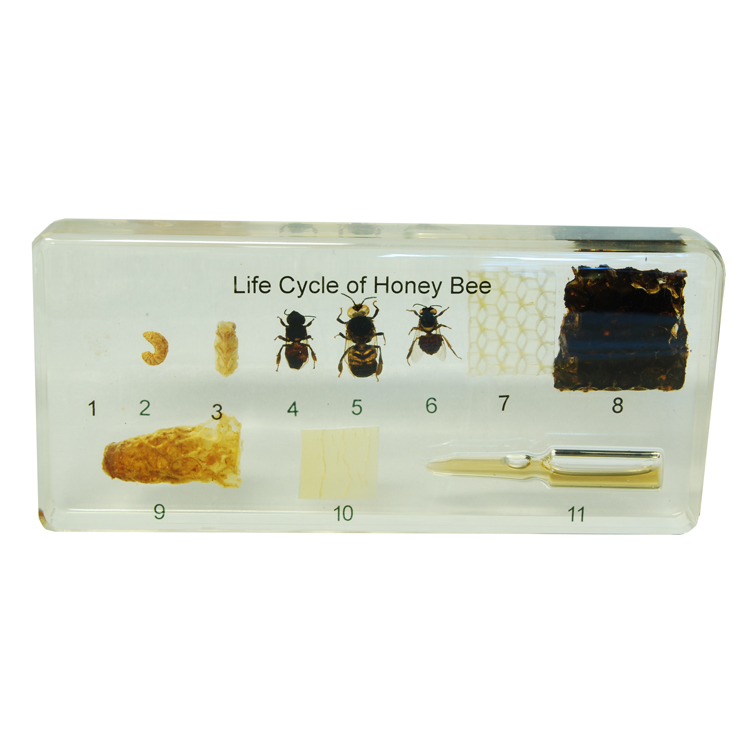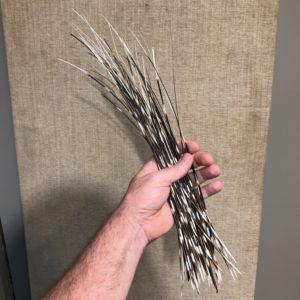Description
Dysphania militaris Moth specimen with beautiful yellow and purplish bands.
**Dysphania militaris** is a species of day-flying moth belonging to the family Geometridae. It’s notable for its striking appearance and active daytime behavior, which sets it apart from many other moth species that are typically nocturnal. Here’s an overview of this fascinating moth:
### **Taxonomy and Classification**
– **Family**: Geometridae
– **Genus**: Dysphania
– **Species**: militaris
### **Physical Description**
Dysphania militaris is a medium-sized moth that exhibits distinctive coloration and patterns. Its forewings are typically a mix of brown or reddish-brown, with lighter markings that can resemble camouflage, making the moth relatively cryptic in its natural environment. The hindwings tend to be lighter, with a more translucent appearance.
What makes this moth especially interesting is its daytime activity, a feature relatively uncommon among moths, which typically are nocturnal. The moth’s coloration, while primarily designed for camouflage, also makes it well-suited to fly in the daylight without being easily noticed by predators.
### **Habitat and Distribution**
Dysphania militaris is found in the tropical and subtropical regions of South and Southeast Asia. Its distribution extends across countries such as:
– **India**
– **Sri Lanka**
– **Bangladesh**
– **Thailand**
– **Vietnam**
– **Malaysia**
– **Indonesia**
The moth inhabits a variety of ecosystems within these regions, from tropical forests to more open landscapes like grasslands and agricultural areas, where it is often seen flying around foliage and flowers.
### **Behavior**
Unlike most moth species, which are nocturnal, Dysphania militaris is active during the day, making it a *diurnal* moth. It has been observed flying in the early morning or late afternoon when the temperatures are not as harsh. The moth’s flight is often described as erratic and darting, similar to that of some butterflies.
### **Life Cycle**
The larvae (caterpillars) of Dysphania militaris typically feed on a variety of plants, which include both herbaceous plants and shrubs. The exact diet can vary depending on the local flora, but they are known to feed on species of plants like *Urticaceae* (nettle family) and other herbaceous plants common in tropical and subtropical environments. The larvae are generally well-camouflaged, which helps protect them from predators.
### **Conservation Status**
As of now, there is no significant indication that Dysphania militaris is endangered or under major threat. However, like many tropical species, its populations could be impacted by habitat loss due to deforestation or agricultural expansion.
### **Interesting Facts**
– **Day-flying behavior**: This moth is one of the relatively few species of Geometridae that are active during the day, a behavior more common among butterflies.
– **Camouflage**: The moth’s coloration is excellent for blending into its environment, especially among tree bark and leaves, which helps protect it from predators.
– **Mimicry**: Its appearance may also serve as a form of mimicry to resemble other creatures in the environment, further aiding its defense mechanisms.
### Conclusion
Dysphania militaris is a fascinating example of the diversity of moths, with its diurnal behavior and camouflaged appearance, perfectly adapted to its tropical habitat. Its presence in the varied ecosystems of South and Southeast Asia makes it an interesting species for researchers studying moth behavior and the ecological roles of insects in tropical environments.


